

James Wong
2026 Nissan Ariya review
3 Days Ago
The Polestar 2 arrives in Australia after plenty of positive feedback from overseas. Can it live up to the hype?



Contributor

Contributor


Contributor

Contributor
Where expert car reviews meet expert car buying – CarExpert gives you trusted advice, personalised service and real savings on your next new car.
We’ve had to wait, but there’s finally a proper selection of electric cars on sale in Australia.
The best-selling Tesla Model 3 finally has some competition from the Hyundai Ioniq 5 and Kia EV6, not to mention the Mercedes-Benz EQA and Volvo XC40 Recharge Pure Electric. Supply is tight in some cases, but it’s a start.
Then there’s the Polestar 2.
Having started life during the 1990s as a race team turning sensible family cars into fire-breathing racers for the Swedish Touring Car Championship, Polestar evolved into a performance brand for Volvo during the 2000s and finally, a standalone EV brand under the Geely umbrella in the late 2010s. Keeping up?
Under the skin, the Polestar 2 shares its CMA platform with the Volvo XC40 Recharge Pure Electric, but it will be sold using a fixed-price, online-first model in Australia when it launches late in 2021.
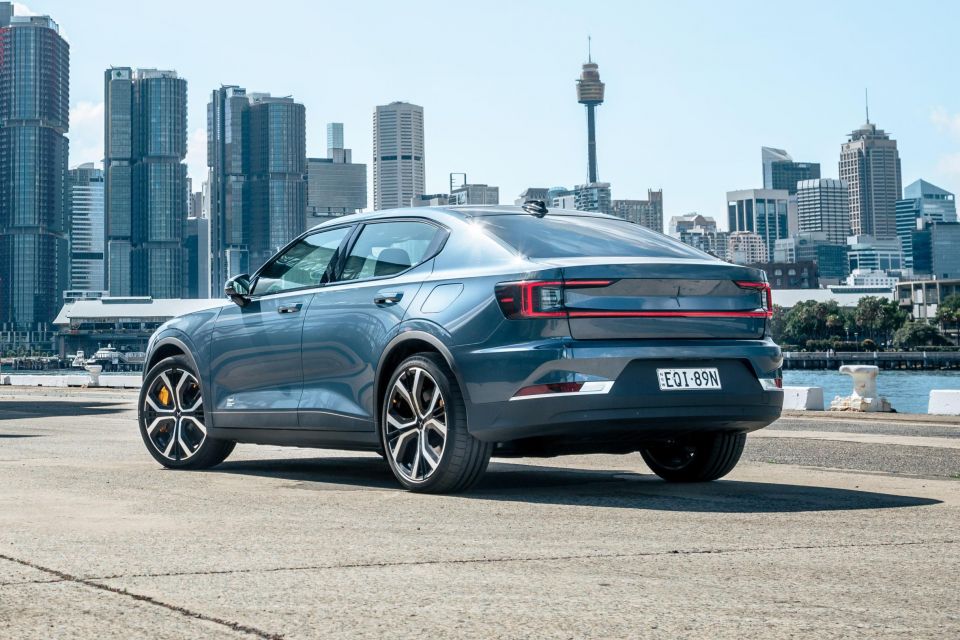
The 2 might be a compact-ish, coupe-ish crossover, but it arrives in Australia with the weight of expectation on its squared-off, shoulders.
Not only does it need to introduce a new brand into Australia’s incredibly crowded car market, it’s tasked with taking on the all-conquering Tesla Model 3 sedan. No pressure.
It looks a bit like a sedan and a bit like a crossover in the pictures; in person it has a shape all of its own. With square edges and a pinched glasshouse, there’s a sort of Sino-Swedish muscle car vibe about it.
Expect to get some looks from passers-by, and some questions from curious punters in front of your local coffee shop.
Three models are available, but we have the performance flagship on test here. How does the Polestar 2 Long Range Dual Motor stack up on Australian roads?
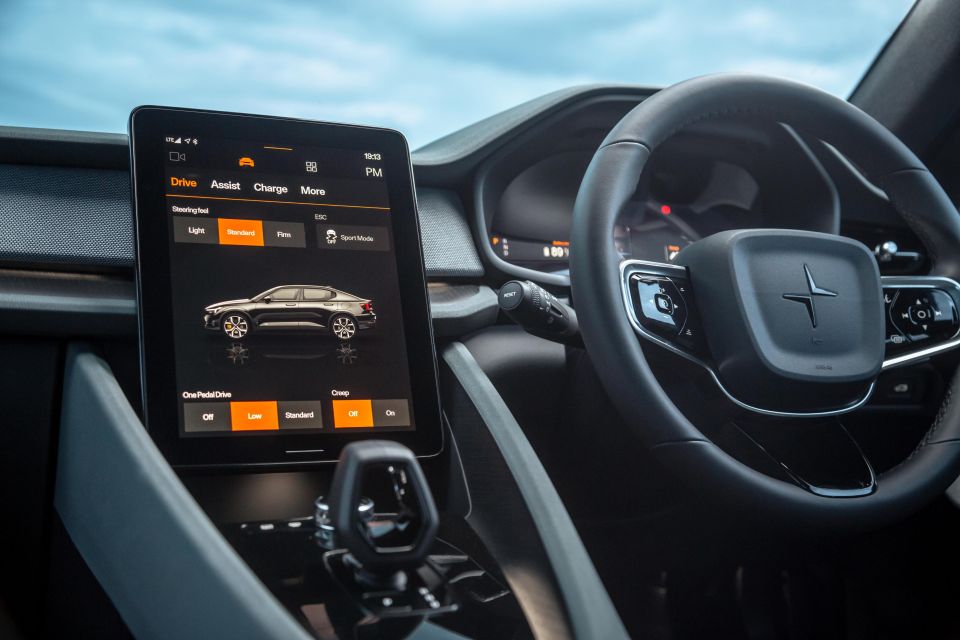
Polestar has three models available at launch, with sharp pricing across the board – at least, before you start ticking options boxes.
Our Long Range Dual Motor starts at $69,990 before on-road costs, but had all three option packages (details below) fitted. That takes the list price to $88,990 before on-road costs, knocking right on Tesla Model 3 Performance money.
You can steer clear of two options packages and not miss out on too much, but the Pilot Package ($5000) is a must. It really should be standard, given it brings adaptive cruise control and rear cross-traffic alert (among other things).
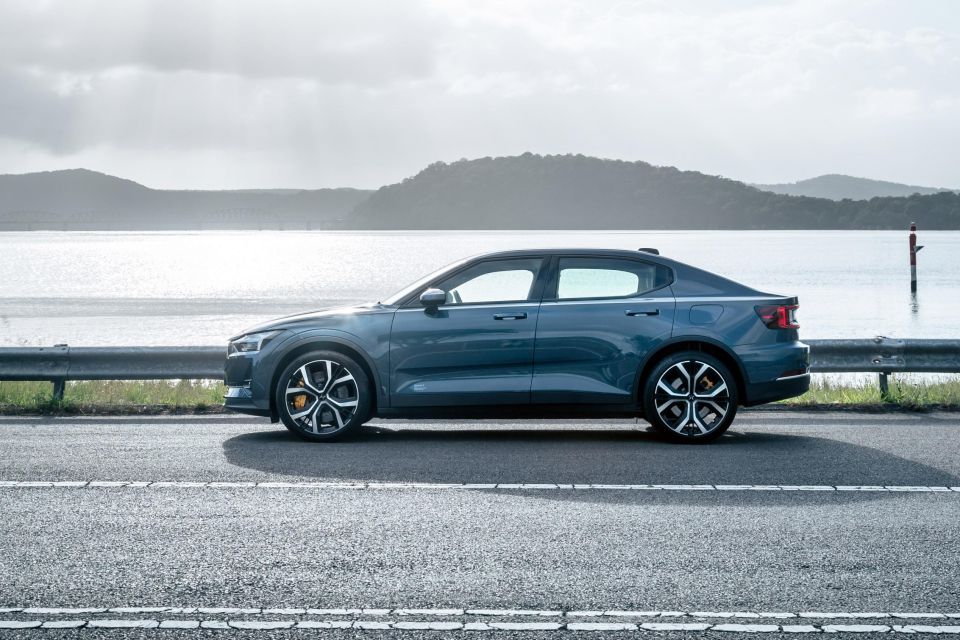
Polestar says it uses the same sales model globally, with the same basic specification and option packages allowing buyers to pick-and-mix the specification that best suits them. We’d argue it’s disappointing Polestar, which uses its links to safety-conscious Volvo as a selling point, has made the full safety suite optional.
The Polestar 2 range goes head-to-head with the Tesla Model 3 (between $59,900 and $84,900 before on-roads), and the Volvo XC40 Recharge Pure Electric ($76,990 before on-roads) with which it shares its underpinnings.
In the internal-combustion world, the Long Range Dual Motor lines up with everything from the Audi S3 Sedan ($72,400 before on-roads) to the BMW 320i M Sport ($70,990 before on-roads).
2022 Polestar 2 pricing
All prices exclude on-road costs.
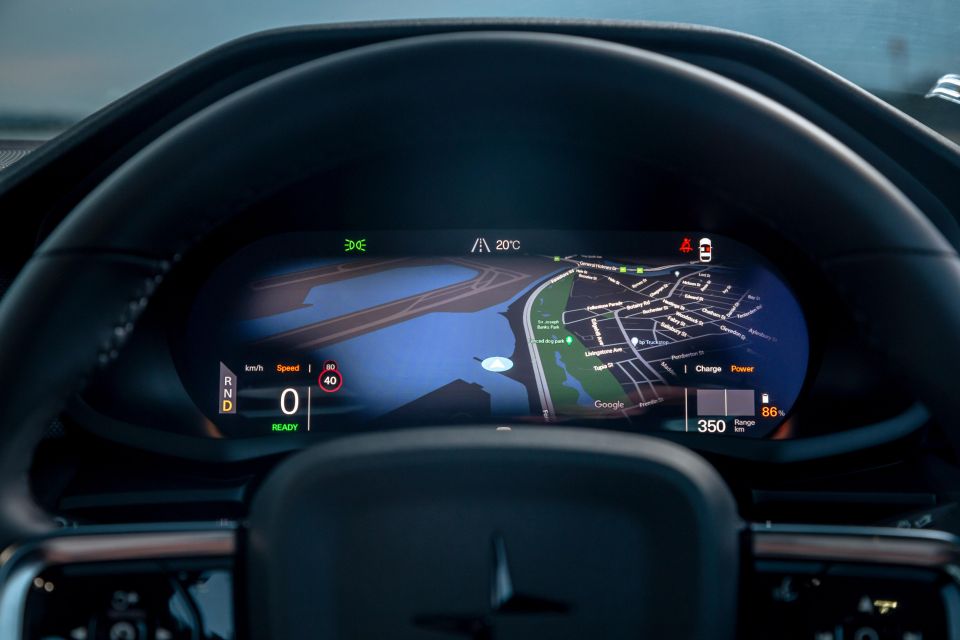
Buy your new car without the stress. It's fast, simple and completely free.

Great service from Travis and team, second time I have used this business would not hesitate to recommend them to anyone
Craig C.
Purchased a Ford Ranger in Sunshine Coast, QLD
CarExpert helped Craig save $7,224 on his Ford Ranger, now let us save you on your next new car.
Get your BEST priceAll Polestar 2 models come standard with the following equipment:
Optional across the range is the Pilot Pack ($5000) which brings:
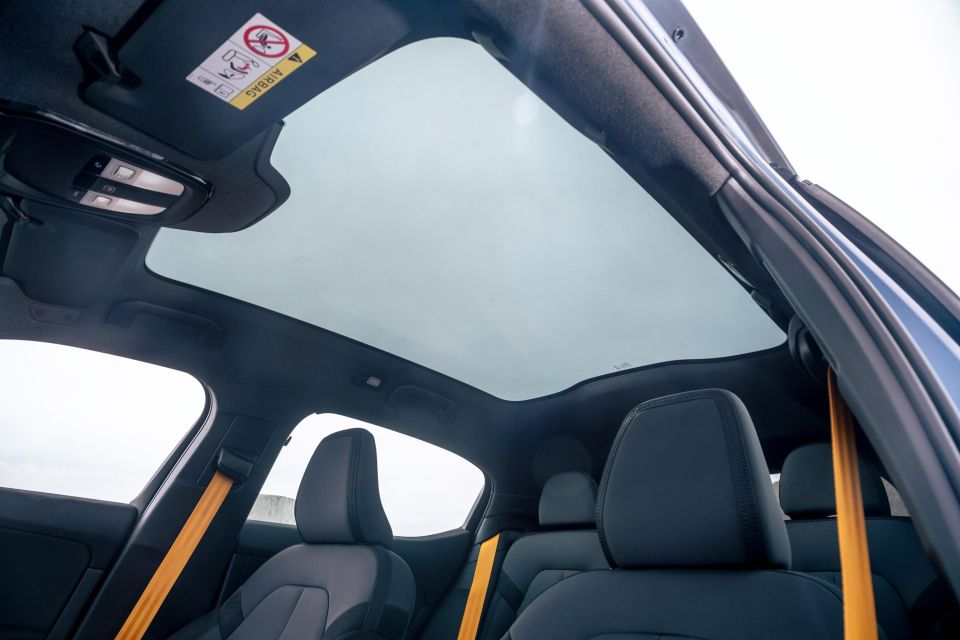
Our tester was also fitted with the Plus Pack ($6000), which gets you:
Finally, our Long Range Dual Motor test car also featured the Performance Pack ($8000). It’s designed to play on Polestar’s racing heritage, and gets you:
There’s no doubt the extra racing credibility that comes with the Performance Package is cool, but there’s very little benefit to the average driver.
The Öhlins dampers aren’t electrically controlled; you need to actually jack the car up to adjust them. The odds of the average driver ever bothering are slim, so how it arrives is how it’ll drive in most cases. Thankfully, our tester was well set up.
Those sexy-looking Brembo brakes are also largely redundant given how effective the regenerative braking is, and how unlikely most owners are to ever see a racetrack.
It’s a box you’ll need to tick with your heart, not your head.
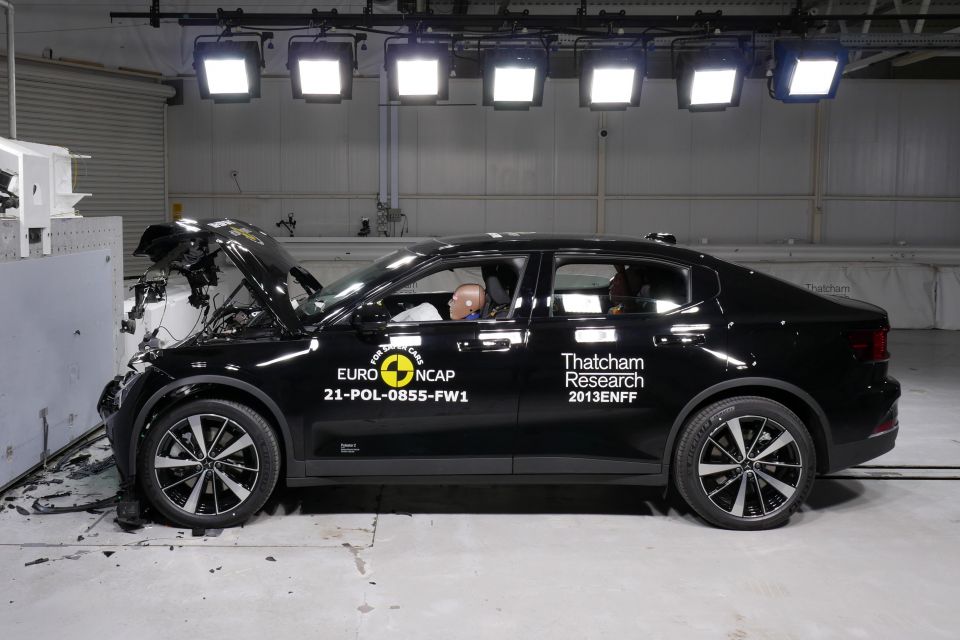
The Polestar 2 has a five-star Euro NCAP rating.
It received an adult occupant protection score of 93 per cent, a child occupant protection score of 89 per cent, a vulnerable road user protection score of 80 per cent, and a safety assist score of 86 per cent.
Standard safety equipment includes:
Opting for the Pilot Package adds the following active safety equipment:
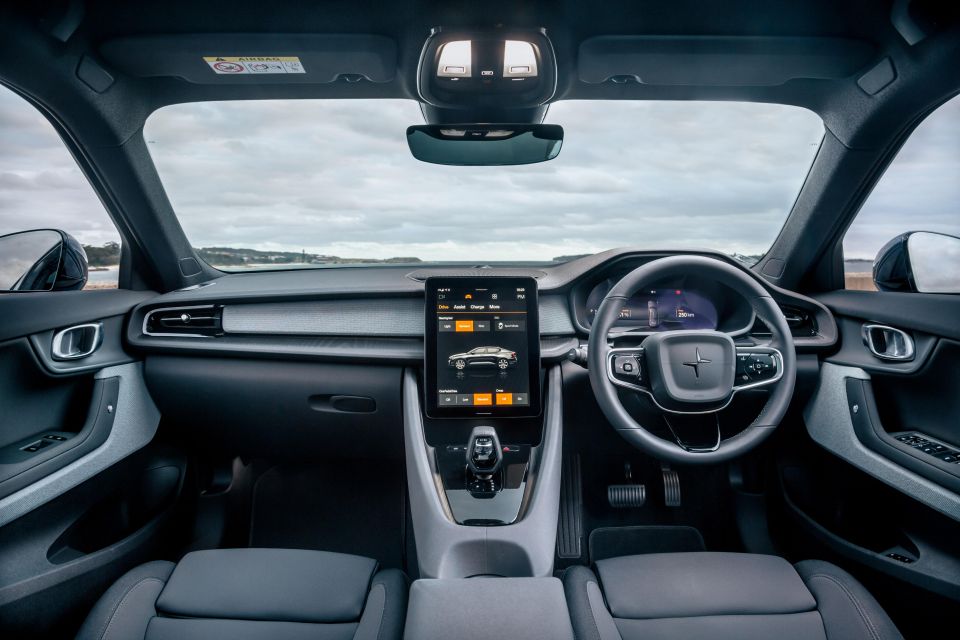
In pictures, the connection between Volvo and Polestar is clear.
In person, there’s some interesting materials and design touches that give the Polestar 2 a character of its own. It’s still part of the same family tree, but it’s not a carbon copy of the Volvo XC40 or C40 behind the wheel.
Polestar hasn’t chased a light, airy feeling behind the wheel. Instead, the combination of a rising central tunnel and pinched, almost muscle car-like windowline, along with a surprisingly low seating position, makes it feel like the 2 is wrapped around you.
The seats are excellent. They’re pretty to look at, and offer more padding and support than their slim shape would suggest.
Headroom is excellent up front despite the panoramic glass roof, and the low-ish driving position hasn’t come at the cost of forward visibility. Little drivers won’t have trouble seeing the front corners of the car, although the sloping roofline and pinched glasshouse means there’s a pretty hefty over-the-shoulder blindspot.

At the centre of the cabin is an 11.2-inch touchscreen running Android Automotive software from Google. Unlike Android Auto, which is driven by a connected phone and runs over the top of a carmaker’s in-house software, this system is Google from the ground up.
Using the system is like using a giant Android tablet, albeit one that controls your air-conditioning and navigation instead of Facebook and Candy Crush.
It’s a big step forward from the pretty (but clunky) Sensus system that’s featured in Volvo products since the current XC90 launched in 2014, and doesn’t leave you wishing for old-fashioned buttons like some touch-only setups.
Hey Google voice commands are far more useful than Hey BMW or Hey Mercedes can ever be, given it’s connected to the world’s biggest search engine… provided you have an internet connection. In our experience the Polestar 2 didn’t hold the strongest connection to a mobile network using its inbuilt SIM, something the brand is investigating.
Google Maps are still the industry best, and having Spotify built natively into the car is great. Also great is over-the-air update capability, which should keep the system fresh as driver demands evolve.
The driver is faced with a simple, clean display that shows your speed, range, power usage, and mapping. You’re not bombarded with battery capacity readouts and range predictions, which (once you’ve realised the Polestar 2 is good for 400km on a charge) makes it easier to just drive rather than worrying about your battery level.
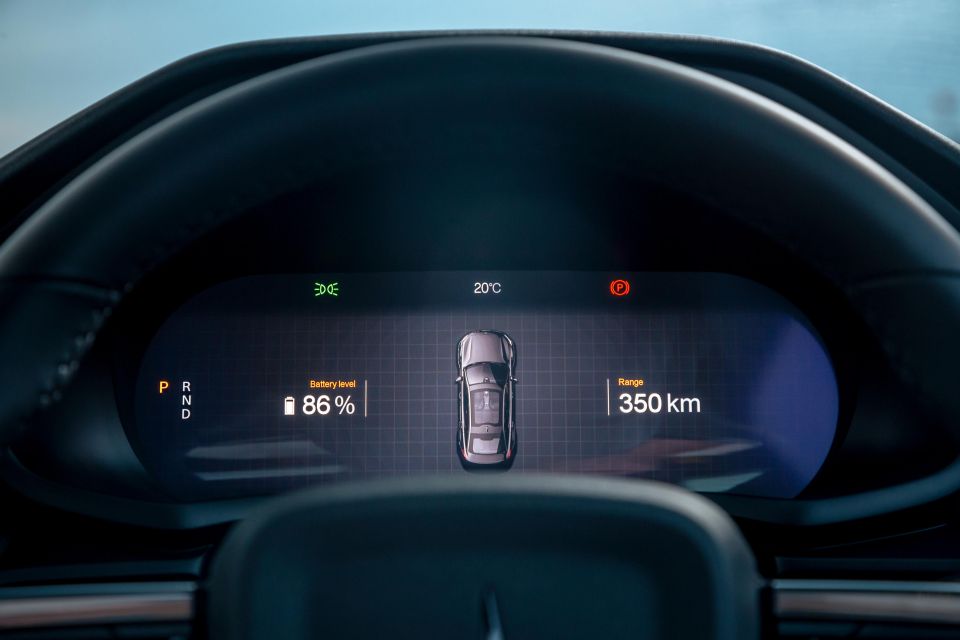

There are a few oversights up front. For one, storage is frustratingly limited. There’s a small bin under the armrest, but it’s not big enough for sunglasses or snacks, and the rising transmission tunnel doesn’t have space for bags beneath it.
One benefit of going electric is the freedom afforded to interior designers by flat-floored platforms, but the 2 is built on a converted internal-combustion chassis. As a result, it feels a bit compromised at times.
Although the recycled, leather-free interior materials look modern and cool, there are some sharp edges and scratchy spots that suggest the 2 has been built to a price. It all feels solid and hard-wearing, but it doesn’t feel as premium as we’ve come to expect of cars like the Volvo XC40.
Finally, you don’t get Apple CarPlay yet – Polestar says it’s coming with an update – and wireless charging is an option. It really should be standard to save you from messy cables ruining the minimalist, Scandinavian-chic design.
It’s a mixed bag in the second row. Rear legroom is accomodating enough for average-sized adults, but it’s a bit tight back there behind taller drivers. Headroom is better than expected given the panoramic glass roof and there’s space for kids or tall-ish teenagers, but adults will feel a bit cramped.
The middle seat is a total write-off, with a narrow cushion and no foot room thanks to the internal-combustion legacy hump on the floor.
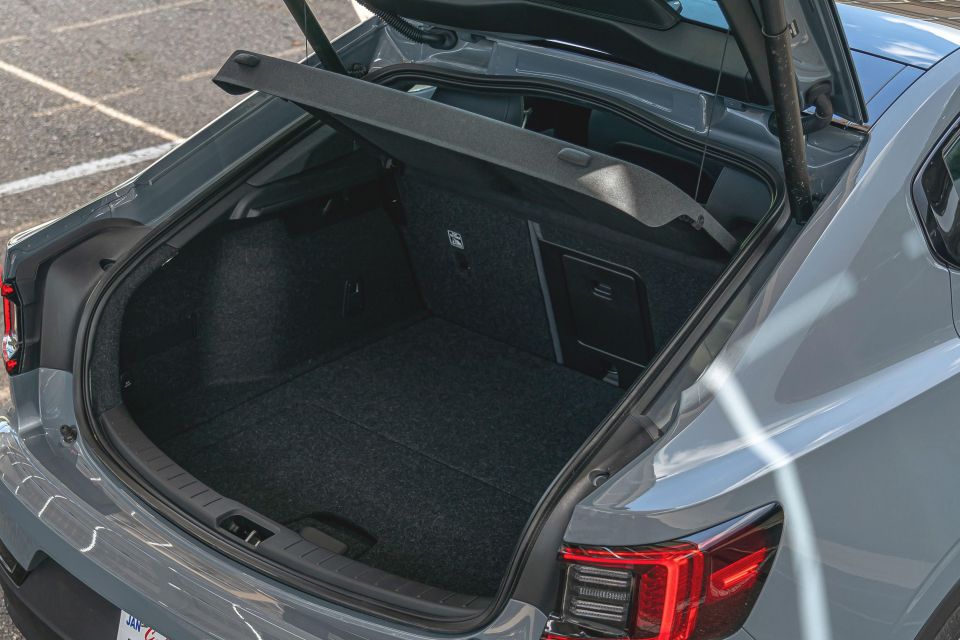
With a slim windowline and sharply-raked roofline, it feels a bit dark and claustrophobic back there, and the rear door opening is pretty tight. On the plus side, there are air vents and two USB-C ports back there. You also get heating with the Plus Pack.
A Model 3 is more accomodating in the rear, thanks in no small part to its longer body and wheelbase.
Space beneath the powered hatchback is decent, although it’s not standout. The load bay is flat and broad, and there’s a decent cubby beneath it for charge cables or valuables. You only get 30L of space under the bonnet, which is another nod to its internal-combustion origins.
The rear seats fold 60/40, and there’s a ski port in the middle for longer items. Boot space with the seats in place is 405 litres. There’s no spare wheel, just a puncture repair kit under the bonnet.
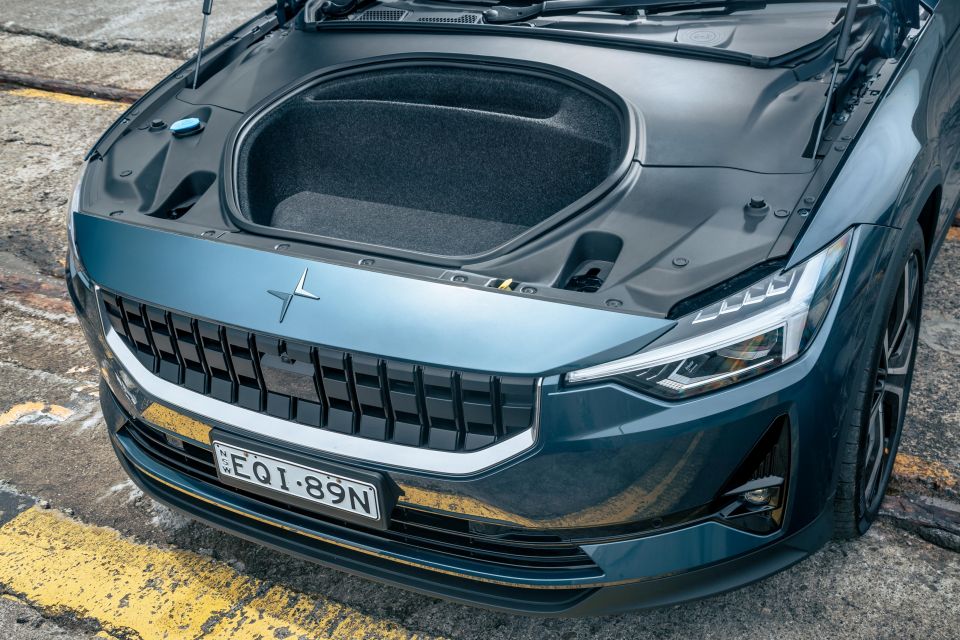
Power in the Polestar 2 Long Range Dual Motor comes from two electric motors making a combined 300kW of power and 660Nm of torque.
The 100km/h sprint takes a claimed 4.7 seconds. That makes the 2 LR AWD similar to a Volkswagen Golf R in a straight line, although it’s 0.3 seconds slower than a Model 3 Long Range and 1.4 seconds slower than a Model 3 Performance.
They’re mated to a 78kWh lithium-ion battery pack mounted under the floor, good for a claimed 480km of range on a full charge. That equates to average energy consumption of 19.4kWh per 100km.
In the real world, we saw an average of 21.6kWh per 100km on a three-hour highway run with an average speed of 98km/h (equivalent to 360km on a charge), and closer to 20kWh per 100km on a normal inner-city commute.
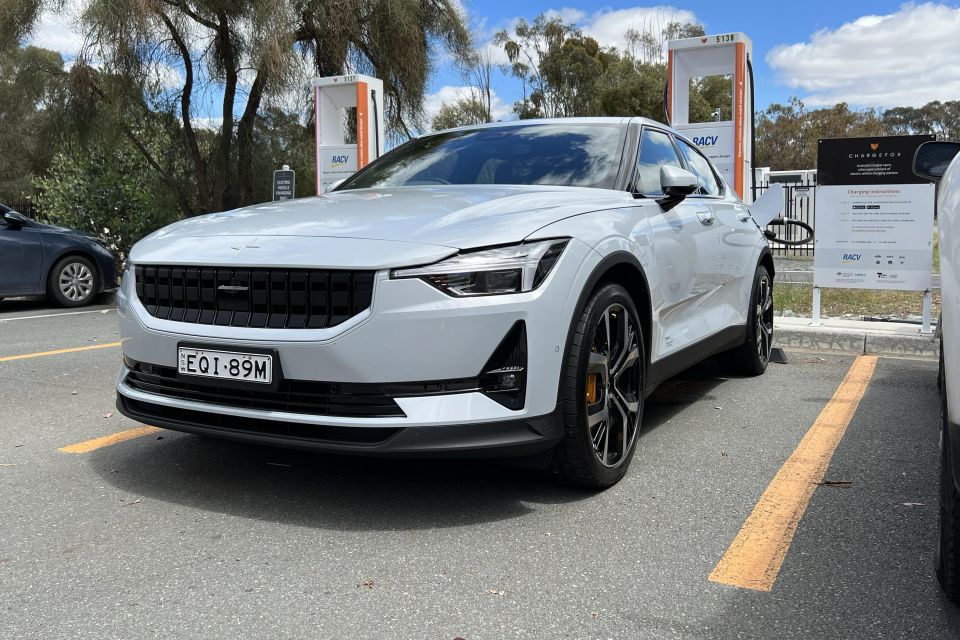

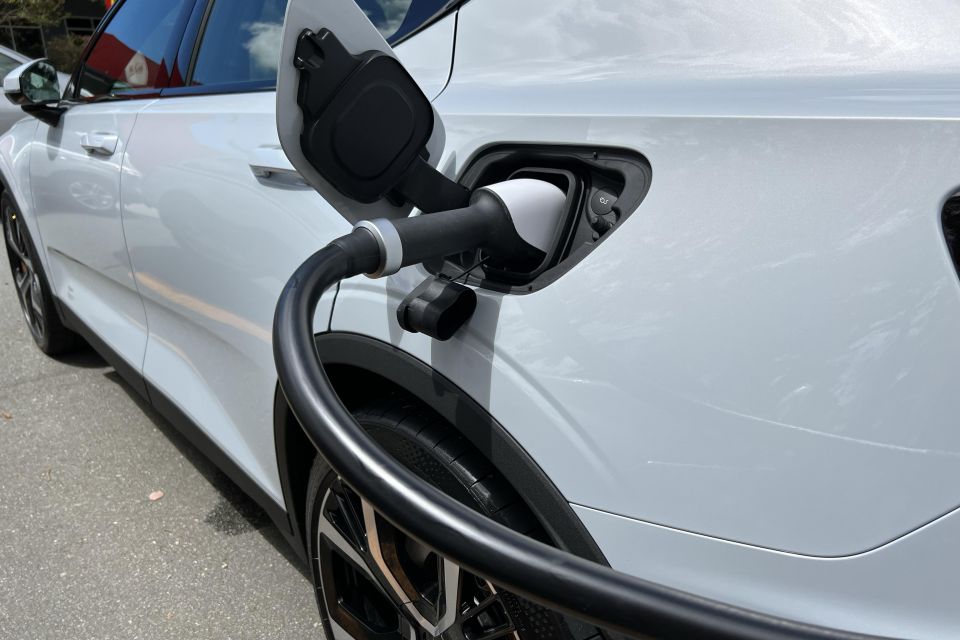
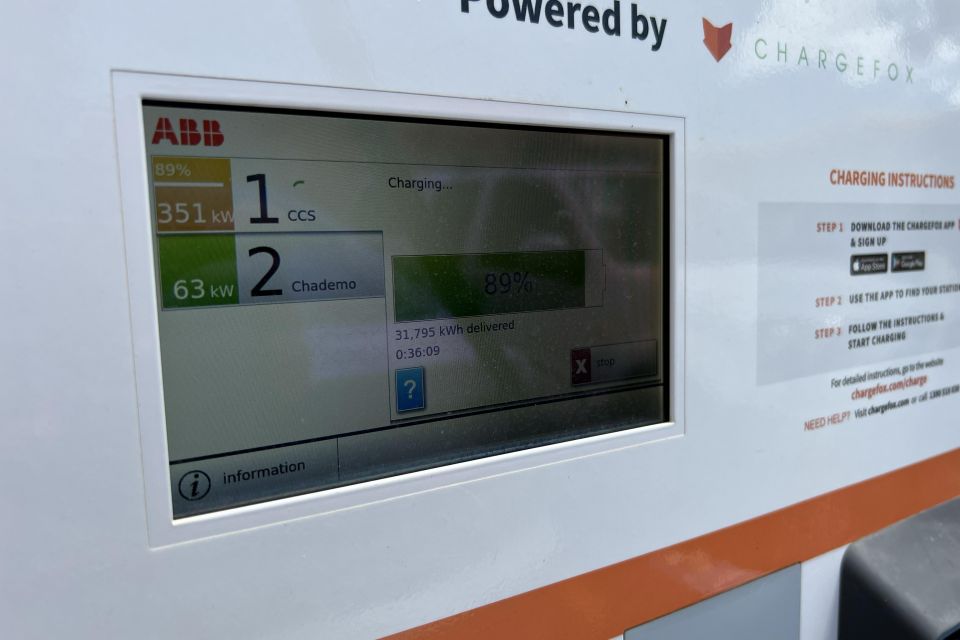
Polestar says you can charge at up to 150kW on a public DC fast charger, good for a 10-80 per cent boost in 35 minutes. It’s worth noting, that peak charge speed is only available up until around 20 per cent, before it gradually tapers off.
According to EV Database, it’ll maintain around 130kW between 20 and 40 per cent, dropping to around 100kW between 40 and 55 per cent, and then tapering to around 70kW between 55 and 80 per cent.
We plugged into a 350kW DC fast charger at the ChargeFox site in Victoria with 55 per cent battery remaining. Charge speed peaked just over 70kW, and gradually dropped to 43kW as the state of charge passed 80 per cent.
After 37 minutes, the 32.49kWh charge cost me $12.99 through the ChargeFox app. Of course, most owners will charge at home or their offices – DC public infrastructure is designed for road tripping or emergency top-ups.

Where expert car reviews meet expert car buying – CarExpert gives you trusted advice, personalised service and real savings on your next new car.
Smooth, quiet, and packing endless reserves of torque, the Polestar 2 ticks all the boxes you’d expect an electric car to tick.
There’s no messing around with keys or start buttons. You just get in and put the car in drive using the stubby gear selector, provided the key is in your pocket (or your phone has the Polestar app, which we couldn’t set up to test).
On paper, the Long Range Dual Motor offers hot hatch performance. In reality it feels much faster than that because you’re never waiting for the torque to arrive.
It leaps off the line without so much as a hint of wheelspin, and the acceleration doesn’t relent until you’re doing the legal limit. Even at highway speeds it shoves you in the back when you bury the throttle, determinedly reeling in the horizon backed by little more than a gentle hum from the motors.
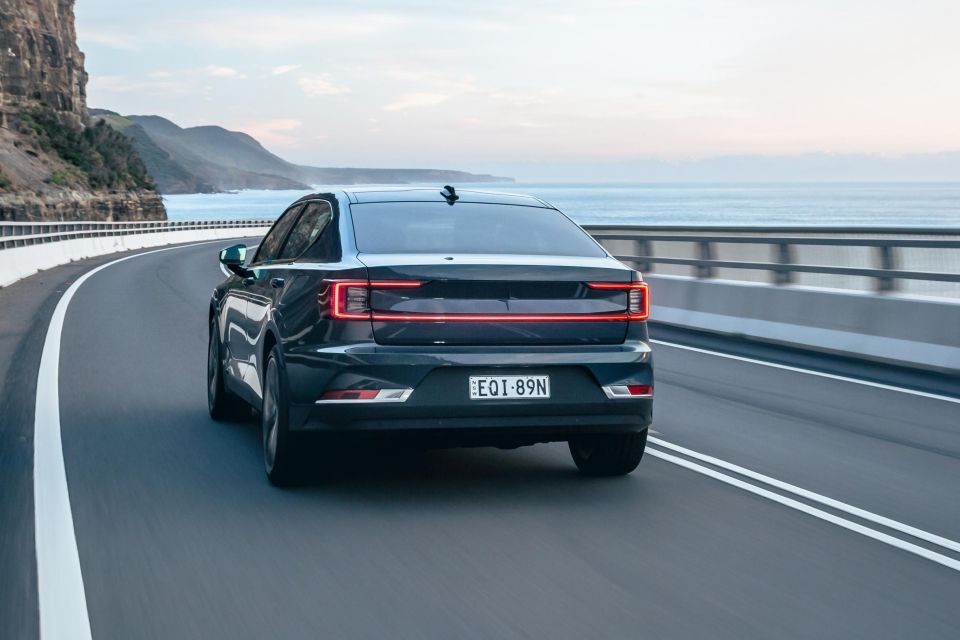
The right-hand pedal is quite heavy, and has a long travel that makes it easy to mete out exactly the right amount of torque at low speed. There’s no excuse for jerky, lumpy city driving in the Polestar 2, because the throttle is beautifully calibrated.
Likewise the regenerative braking, which feels every bit as smooth and sophisticated as that of the Tesla Model 3. There are three modes (off, reduced, standard) but the default setup is perfect, allowing for one-pedal driving after a brief acclimatisation period. I can count the number of times I touched the brake pedal in the Polestar 2 on one hand.
Switch off the regenerative braking and the brake pedal doesn’t have the same dead, wooden feeling you get in some electric cars. It’s hard to justify spending $8000 for the Brembo brakes included in the Performance Pack though, given you so rarely need them, and so few drivers will take their cars to the track.
Overseas reviews suggested cars with the Öhlins dampers are very firm in the real world, but the ride in our tester hit a perfect balance between comfort and a taut, sporty feeling.
Body control is excellent over dips and crests, where the 2 doesn’t exhibit the same springy, floaty feeling you get in some rivals. Electric cars are heavy, and keeping all that mass in check without ruining the ride is tricky. Polestar has managed.
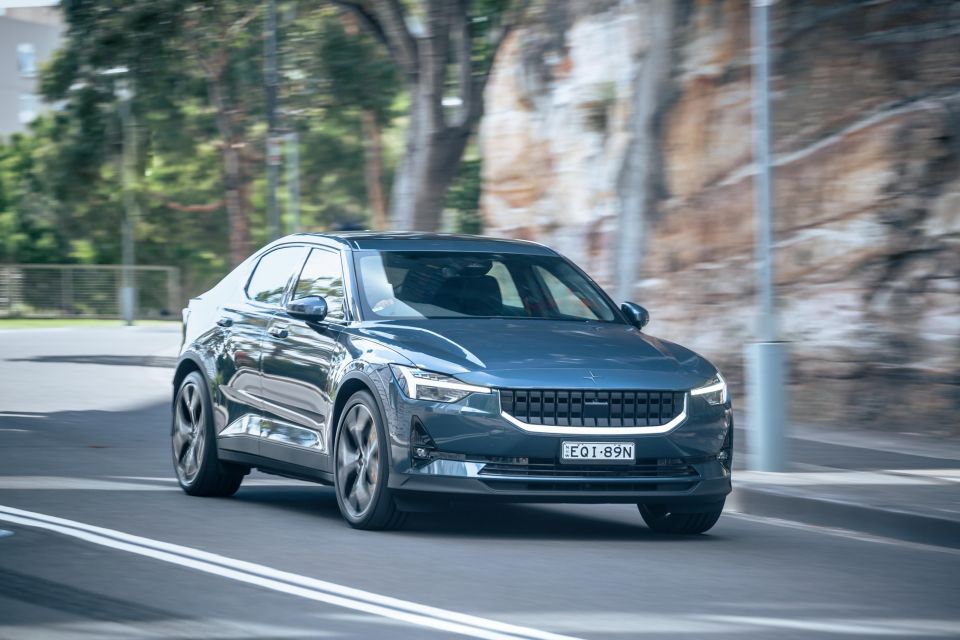
There’s a sense of purpose to the ride at low speeds, which is perfectly in keeping with the brand’s sporty billing, but it still keeps the driver detached from the worst potholes, lumps, and bumps.
It’s worth noting the dampers on Performance Package cars are adjustable through 22 positions, but owners need to jack the car up and fiddle with them manually. It’s a cool nod to Polestar’s heritage, and committing to something so mechanical in an overtly high-tech car is unique… but it’s just hard to see most buyers ever touching them.
Our tester was set to 11 because Australia’s roads aren’t Euro smooth, and Polestar says that will likely be how cars are delivered to customers.
Some overseas markets get their cars set to seven or nine (setting 1 is stiffest, 22 is most relaxed) from the factory.
There’s no getting away from the fact it’s a small-ish car that weighs around 2000kg, and the fluid, direct steering offers no sense of connection to the road, but once dialled into what’s required you can point and squirt the Polestar 2 pretty effectively on interesting roads.
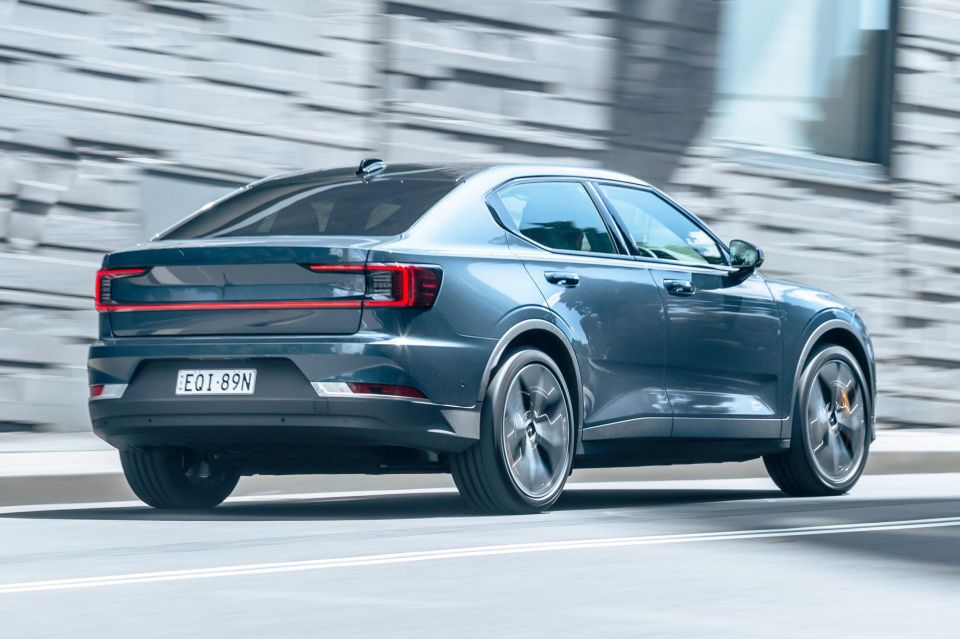
Traction from the dual-motor all-wheel drive system is unbreakable, so essentially all the performance is available all the time, and the fact you’re never caught in the wrong gear makes going fast a simple game.
When you’re in less of a hurry, the Polestar 2 is a refined cruiser. The motors are smooth and silent at low speeds, and there’s no wind or road noise at city speeds. I love a noisy engine, and I love a manual transmission… but every time I commute in an electric car the benefits of smooth, silent one-pedal driving are reinforced.
As is common in European (and electric) cars there’s a bit of tyre roar on coarse chip highways, although it’s nothing that can’t be solved by turning up the stereo. The Polestar 2 is quieter than similarly-priced Mercedes-Benz petrol crossovers, and comfortably puts the BMW 2 Series Gran Coupe we drove in the shade for highway refinement.
The benefit of Polestar’s link to Volvo is clear when you activate the adaptive cruise control and steering assist. It’s one of the smoothest, smartest radar cruise control systems out there, and the active steering does a great job keeping you between the white lines.
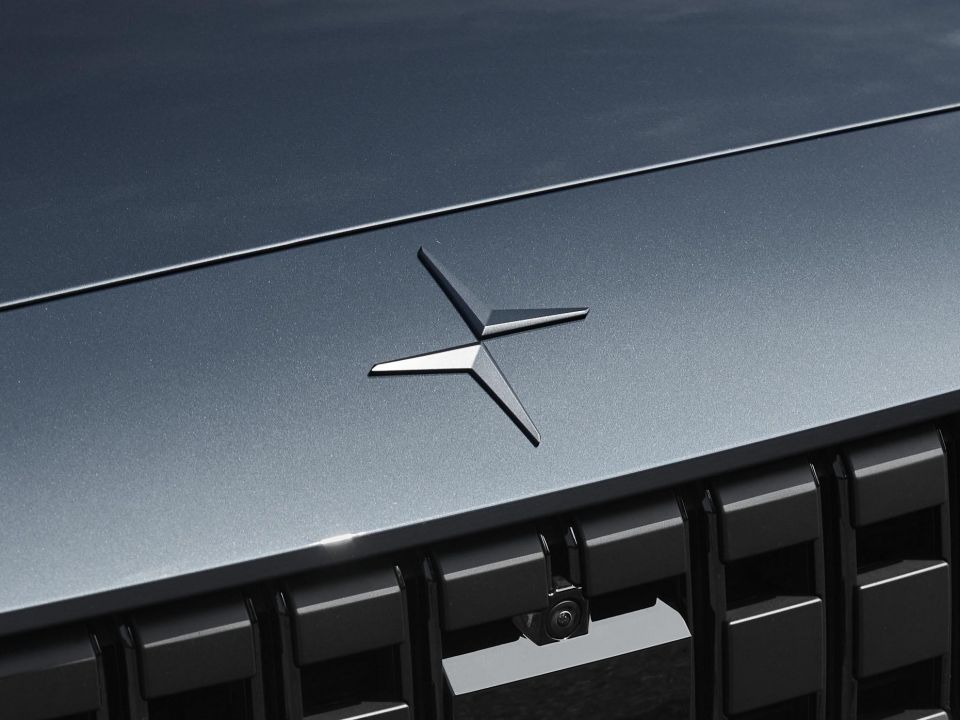
The Polestar 2 will be covered by a five-year, unlimited-kilometre warranty with an eight-year, 160,000km battery warranty.
All models come with free servicing and roadside assistance for five years.
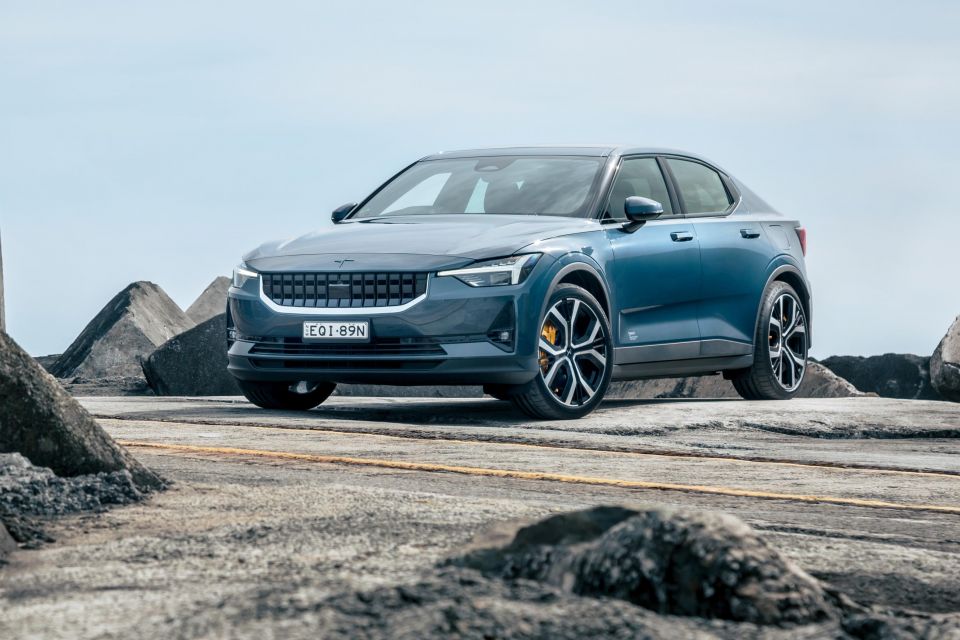
Buy your new car without the stress. It's fast, simple and completely free.

Great service from Travis and team, second time I have used this business would not hesitate to recommend them to anyone
Craig C.
Purchased a Ford Ranger in Sunshine Coast, QLD
CarExpert helped Craig save $7,224 on his Ford Ranger, now let us save you on your next new car.
Get your BEST priceIt’s not hard to see the Polestar 2 winning plenty of fans in Australia.
Despite the Volvo and Geely connection it has a character all of its own, and the fact its brand is relatively unknown in Australia will appeal to people who want to feel like they’re part of an exclusive club.
On the other hand, there’s no huge learning curve involved in driving the Polestar 2, and the fact it’s serviced at Volvo dealers will reassure punters who mightn’t be willing to buy a Tesla.
Polestar has walked a tricky tightrope with the car; it strikes a clever balance between cool and conventional.

It’s still not perfect, though. The interior really should be more practical, and there’s not as much boot space as you might expect given the car’s hatchback. A proper front boot for the charge paraphernalia would aid practicality, too. Then again, the Volvo XC40 Recharge Pure Electric exists for a reason.
Be careful with the options, and the Long Range Dual Motor represents good value – not just relative to electric cars, but relative to petrol- and diesel-powered premium alternatives. The security of all-wheel drive is appealing, and the amount of performance on offer is just about perfect in the real world.
Having driven the single-motor Polestar 2 Long Range, the dual-motor on test here (with Plus and Pilot Packs, without Performance Pack) is where my money would be going in the line-up.
We’ll have to put it head-to-head with the Model 3 for a final verdict, but the Polestar 2 should give Tesla some sleepless nights.
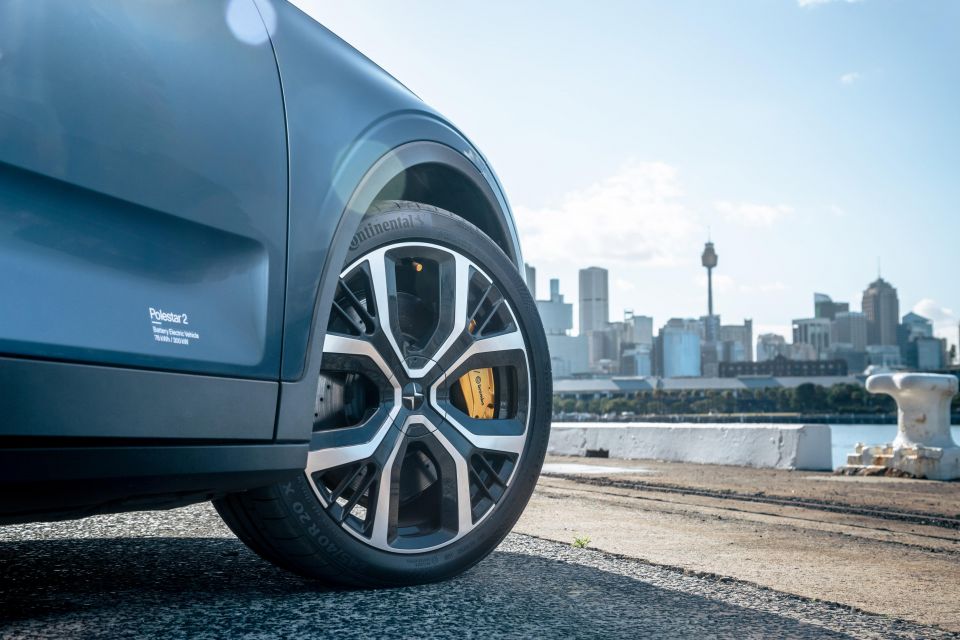
Click the images for the full gallery
MORE: Everything Polestar 2
Where expert car reviews meet expert car buying – CarExpert gives you trusted advice, personalised service and real savings on your next new car.
Scott Collie is an automotive journalist based in Melbourne, Australia. Scott studied journalism at RMIT University and, after a lifelong obsession with everything automotive, started covering the car industry shortly afterwards. He has a passion for travel, and is an avid Melbourne Demons supporter.


James Wong
3 Days Ago


William Stopford
3 Days Ago


Josh Nevett
2 Days Ago


Paul Maric
1 Day Ago


Ben Zachariah
15 Hours Ago
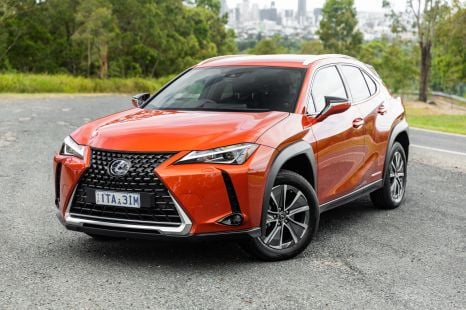

William Stopford
15 Hours Ago